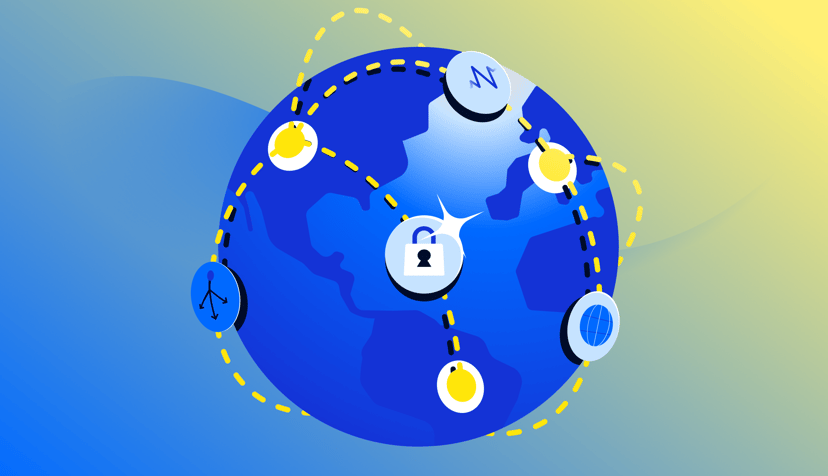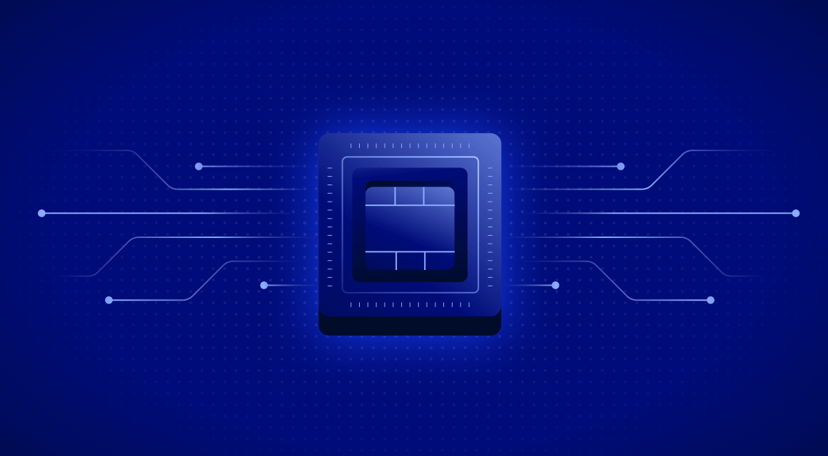Now Available: Scrapable metrics for Managed PostgreSQL, MySQL, Redis, and Kafka
Sr. Product Manager II
Share
Try DigitalOcean for free
Click below to sign up and get $200 of credit to try our products over 60 days!Sign upAccess advanced insights via scrapable metrics
We are delighted to introduce scrapable metrics for several of our Managed Databases: PostgreSQL, MySQL, Redis, and Kafka. These metrics allow you to gain more specific and granular insights into your database’s performance, including latency, resource utilization, and error rates. You can then export these metrics into a monitoring stack like Prometheus, enhancing visibility and monitoring capabilities.
Scrapable metrics enable programmatic access to a metrics endpoint with more than 20x the metrics we expose through the insights tab. We have kept simplicity and ease of use at the forefront of this feature release, ensuring customers can access their metrics without the need to construct custom scripts.
Monitoring database performance is crucial for ensuring the smooth operation of applications that rely on it. A multi-platform media company, for instance, experienced a sudden increase in latency on their Redis database, impacting user experience. To diagnose the issue, they leveraged scrapable metrics provided by DigitalOcean Managed Databases.
These metrics tracked how often specific Redis commands were used, such as ‘GET’ for data retrieval, ‘SET’ for data storage, ‘KEYS*’ for pattern-based searches, and ‘DEL’ for data deletion. Analyzing these metrics helped them identify the root cause and quickly implement a fix to restore normal application performance.
Learn how to access scrapable metrics as well as which metrics you can access for your database in our product documentation:
Access standard metrics via the insights tab
As always, you also have access to basic metrics about your clusters and databases directly on your insights tab of your database dashboard page:
To view these performance metrics for a database cluster, click the name of the database to go to its Overview page, then click the Insights tab. For example, the following is the connections insights view for a PostgreSQL database:

By monitoring the metrics of your cluster and database, you can gain several benefits and ensure your deployments run smoothly:
-
Optimize the performance of your databases: Scrapable metrics provide valuable data for optimizing database performance. Identify specific queries to improve based on latency metrics. Increase the efficiency of your indexing and cache hits to manage the load on your database.
-
Plan for proper capacity: Informed decisions regarding capacity requirements and planning can be made by utilizing measurable metrics such as resource usage patterns, growth trends, and peak workloads.
-
Quickly troubleshoot issues: Having convenient access to database operations and performance metrics is essential for effective troubleshooting. If problems occur, you can now use these measurable metrics to help pinpoint the root cause, whether it’s a query bottleneck, a resource problem, or a connectivity issue. With this information, you can quickly diagnose and resolve issues, allowing you to focus on developing customer-centric features.
To learn more about monitoring database and cluster performance, check out the following product documentation:
PostgreSQL:
MySQL:
Redis:
Kafka:
Need help getting started?
-
Contact our sales team or connect with a DigitalOcean partner who can help advise you on migration, architecture reviews, deployments, and other infrastructure assistance.
-
Start building with DigitalOcean today by signing up for a DigitalOcean account.
-
Get Started with PostgreSQL, MySQL, Redis, and Kafka Managed Databases
Share
Try DigitalOcean for free
Click below to sign up and get $200 of credit to try our products over 60 days!Sign upRelated Articles

Introducing Global Load Balancer: Optimize Your Global HTTP Traffic with Simplicity and Scale
- September 18, 2024
- 3 min read

GPUs and beyond: DigitalOcean’s roadmap for AI platforms and applications
Bratin Saha, Chief Product & Technology Officer
- September 16, 2024
- 6 min read

